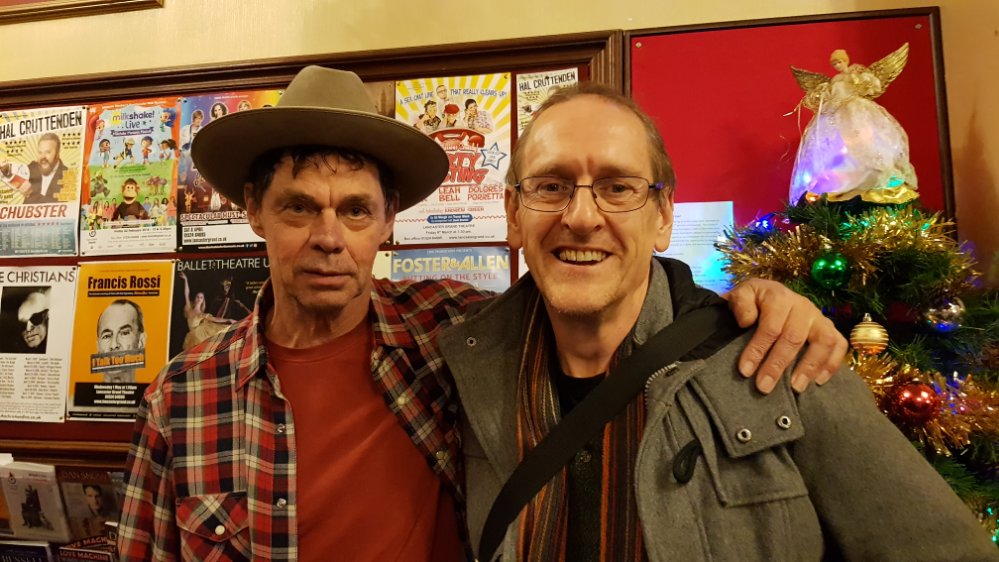The cloud of debris and bodies had been slowly drifting apart for more than two Terran days. They were affected by virtually no forces except the gentle tug of a distant star. They would, no doubt, be pulled as long desiccated flotsam into that star and their eventual consumption in some far distant epoch. Perhaps the fortunes of the galaxy may be impacted before then and some other cataclysm claimed their body. It was even possible that they would drift and slowly be taken apart atom by atom by the background radiation of space until some final lump drifted in the dying lights of the last glance of the universe.
Until then the slight acceleration they had on leaving the vessel was pushing them on a long arc around that gravitational object. It would help them set a long and very slow orbit. The two figures who had been close enough to be one object had drifted apart by a hundred metres since they were last together. Their trajectory was never completely matched, just sufficient for the looting of the dead. The speed at which they had moved apart did not belie the fact that they were still trapped in the same parabola. They would drift along a similar path for the eons yet to come.
Power had started to become an issue after just twenty hours. Sustaining body temperature was its biggest issue. The suit was able to recharge, there were kinetic activators and solar cloth layers. But they required far more than the background starlight, and the lack of motion in zero gravity, to help. There was a choice to be made between keeping the suits heating systems working, or the full recycling of all secondary life support systems. In the end it had to be the heating, it afforded the greatest chance of survival.
At first it was easy to just lie still and relax, let the consciousness drift into a gentle sleep. A snippet of some long forgotten verse tingling the synapses ‘sleep of death in which dreams came’. What else was there to do? Worrying about the situation would just increase the heart and respiration rates and cause more use of limited resources.
But, with each passing hour other physiological factors started to cause issue. They were lying in their own sweat which had started to coalesce around the internal skin of the suit. The micro pumps had been disabled with the recycling system. This was causing slight skin irritation. Far more concerning was the rising temperature, mild dehydration induced fever which was steadily raising heart rate. The dehydration was also causing a headache that was getting progressively more intense. This caused them to be in a fitful state of wakefulness. All of this further exacerbated the sweating, increasing the irritation and making their skin start to prickle and burn. With no drugs to relax the mind the constant pressure to be distracted was becoming a strain.
There was a light flashing in the periphery of their vision which was becoming steadily deeper in shade. It had started as a smooth green with a high percentage figure but was now a blinking red. It was the suit’s oxygen levels and they had reached a critical point. The supply had already been reduced to its minimum saturation, causing a burning in the lungs adding to the overall discomfort.
Drick did the calculations. There was probably less than five hours of air at this level of burn. They checked the weapon they had taken from the dead body. It was fully charged. Recoilless, magnetically accelerated, ballistic rounds. They would work just as well in the cold vacuum of space as they did in an atmosphere. Drick would wait until the final few moments, but they would not die of asphyxiation.


Comments